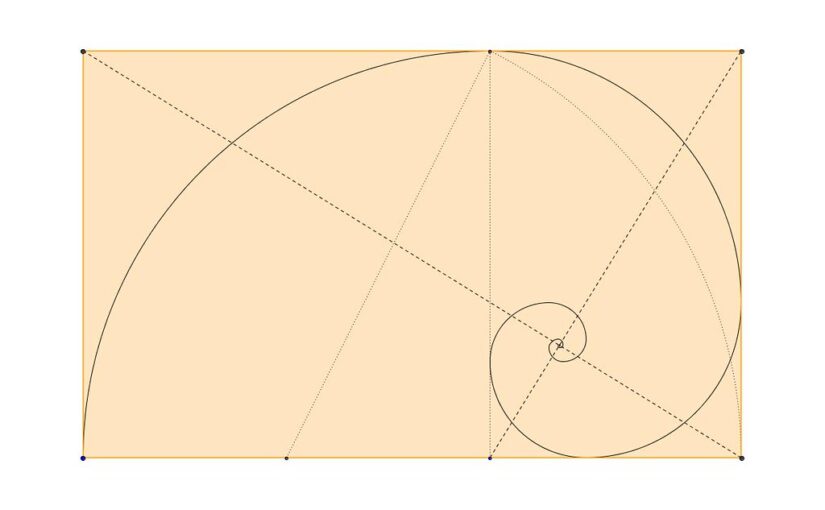So much dance tradition involves our feet: stationary and standing, or travelling in space – walking, running on them, etc. But how about dance which is falling, folding in our body, and dancing with our shoulders on the ground? I played with some ideas and created a couple of sequences.
I created two sequences – both start with the same movements but have differing exits – which are about 30 seconds into the sequences.
Sequence 1
Sequence 2
The common elements of the sequences are:
- From standing: fold at the waist and knees, bringing the chest into contact with the thighs. Falling backwards from squatting, onto the back. The arms are extended as if wings and accepting the weight of the body. The legs continue their journey and the pelvis lifts and rolls upwards, allowing the legs to be suspended above the dancer in a balance with the spine curled. Thus the feet and legs are above the head, resting.
- From the inverted position then there is a reach by right foot to the floor behind the head of the dancer. The pelvis rotates and the left foot reaches up into the air. The head is rotated – turned to the left side, opposite to the foot/leg reaching to the floor.
- The movements above are repeated but for the left side such that the left foot is reaching behind the head to the dancer.
- Coming down: the head rotates to the centre – looking straight up, and the spine uncurls lowering the pelvis to the floor so that the whole back is in contact with the ground. The legs are folded to the chest.
- There is a roll to the left with the legs and arms tucked-in so that the underside of the arm and hand (blade side, opposite thumb) is in contact with the ground, rolling such that the dancer knelt on the floor with their limbs tucked-under and forward.
The exit then differs for each of the two sequences. Can you see the difference and similarities? Note how in both sequence, the head is below the pelvis which leads, with the legs unfolding.
Breath is an important part of the sequence above – inhaling and exhaling facilitates the movements. For example, the breath sequence is:
From standing, exhale and fold – going to the ground; while rolling onto the the back – inhale. When pointing with the leg then breath out – exhale – while turning the head. To change to pointing with the other leg then inhale, change the legs, and release the breath to reach with the foot, pointing!
Return to both legs suspended in the air, and release the breath to uncurl onto the back.
Breathe control in the sequences, prior to rolling to the side.
On thing to notice with the description above, is that much of the movement is not articulate as described! What I mean, is that moving with the pelvis and pointing with your centre (as in Qi Gong practice) is as important as using the foot to point. The description above is primarily a visual one, rather than one using movement and technique direction!
Finally, I used the featured image of a golden section (top of this article) to illustrate the form of lying on the back with legs suspended in in the air. It’s the curled position in the sequence – heels over head!
Notes
Feautured image above is ‘Golden Rectangle’ by Electric-Eye (https://www.flickr.com/photos/sightrays/) used under a Creative Commons Attribution-NonCommercial 2.0 Generic (CC BY-NC 2.0) (https://creativecommons.org/licenses/by-nc/2.0/)
